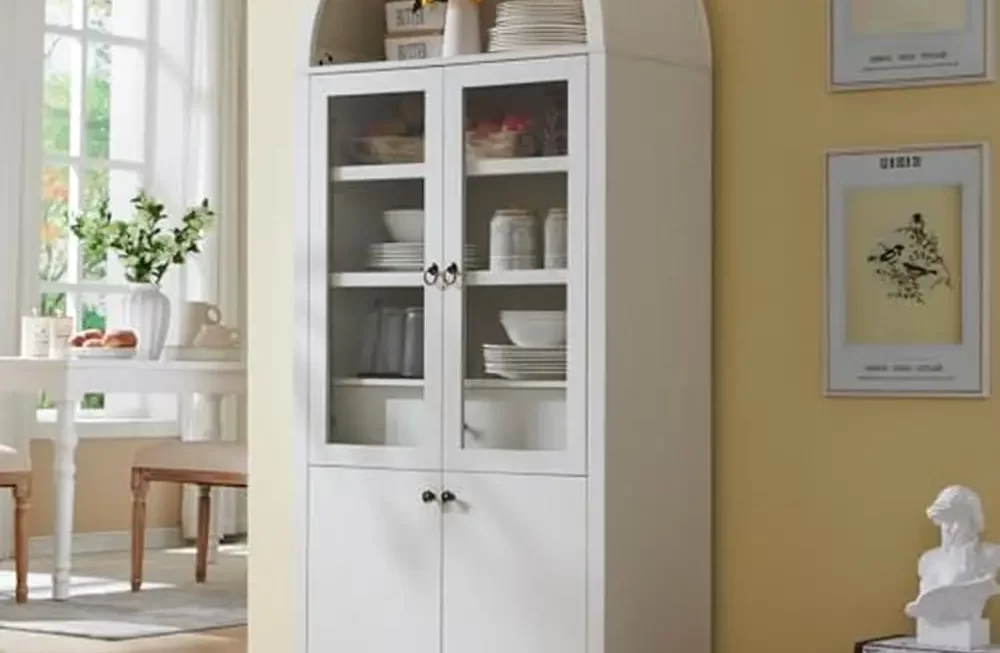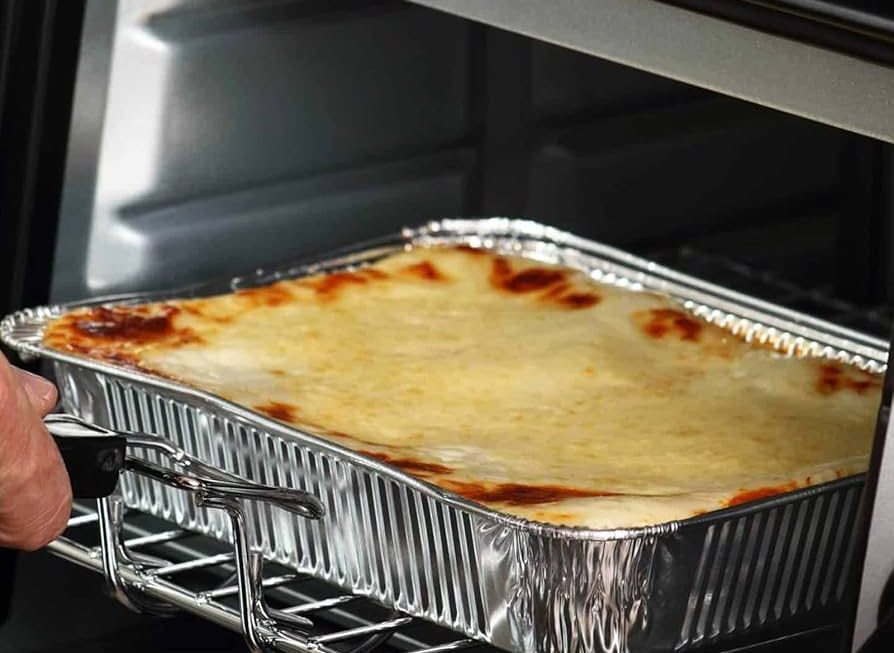 Introduction:
Introduction:
An exhaust fan for the kitchen plays a crucial role in maintaining proper air quality and ventilation in this busy and often steam-filled space. By removing odors, smoke, heat, and moisture, exhaust fans create a more comfortable and healthier environment for cooking and dining. In this comprehensive guide, we will explore the functions, types, benefits, and maintenance of exhaust fans for kitchens. By understanding these aspects, you can make an informed decision when choosing an exhaust fan that enhances the air quality and overall comfort of your kitchen.
 Several types of exhaust fans available for the kitchen:
Several types of exhaust fans available for the kitchen:
There are several types of exhaust fans available for the kitchen:
Wall-Mounted Exhaust Fan:
This type of exhaust fan is installed on an exterior wall and helps to vent out smoke and odors directly to the outside. It is typically positioned near the stove or cooking area for effective ventilation.
Ceiling-Mounted Exhaust Fan:
These fans are installed on the ceiling and are suitable for kitchens without access to an exterior wall. They help to circulate and ventilate the air in the kitchen, removing steam and odors.
Under-Cabinet Exhaust Fan:
This type of fan is installed beneath the kitchen cabinet, directly above the cooking surface. It provides ventilation while also saving space. These fans are also known as range hood ventilation systems.
Downdraft Exhaust Fan:
Downdraft fans are installed in the countertop or cooking surface and rise when in use. They pull down and remove smoke and odors, providing an alternative to traditional ceiling or wall-mounted fans.
Inline Exhaust Fan:
Inline fans are installed in the ductwork of the kitchen exhaust system. They are used in conjunction with either a wall-mounted or ceiling-mounted exhaust fan to increase airflow and improve ventilation efficiency.
It is important to choose the right type of exhaust fan that suits the specific needs and layout of your kitchen for optimal ventilation and air quality.
Functions of an Exhaust Fan for the Kitchen
Removal of Airborne Contaminants:
An exhaust fan effectively removes smoke, cooking odors, and airborne contaminants that arise during cooking.
It improves indoor air quality and prevents lingering smells from spreading throughout the house.
Removal of Excess Moisture:
An exhaust fan helps control moisture levels in the kitchen by removing steam, preventing condensation on appliances and surfaces.
This helps to inhibit the growth of mold and mildew, which can thrive in humid environments.
Temperature Regulation:
An exhaust fan can remove excess heat produced during cooking, helping to keep the kitchen and surrounding areas more comfortable.
It prevents heat buildup, which can make cooking and dining areas unpleasant, especially during hot weather.
 Types of Exhaust Fans for Kitchens
Types of Exhaust Fans for Kitchens
Ducted Exhaust Fans:
Ducted exhaust fans channel air through a series of ducts, expelling it outside the building.
They effectively remove odors, smoke, and heat, keeping the air fresh and comfortable.
Ductless Exhaust Fans:
Ductless exhaust fans use filters to trap and remove odors, smoke, and grease particles before recirculating the air back into the kitchen.
While less effective at removing heat, they are suitable when duct installation is impractical or expensive.
Combination Exhaust Fans with Lighting:
Combination fans provide both ventilation and lighting in one unit, offering convenience and functionality.
They are commonly used in kitchens where adequate lighting is essential along with proper ventilation.
Benefits of an Exhaust Fan for the Kitchen
Improved Air Quality:
An exhaust fan removes pollutants, such as volatile organic compounds (VOCs) and carbon monoxide, promoting healthier indoor air quality.
This benefit is especially crucial for homes with individuals who suffer from allergies or respiratory conditions.
Enhanced Comfort and Safety:
An exhaust fan helps maintain a comfortable and safe environment by removing excess heat, steam, and cooking odors.
It reduces the risk of accidents caused by steam-obscured surfaces, and it helps prevent the buildup of harmful gases and fumes.
Protection for Home and Appliances:
By controlling moisture levels, an exhaust fan helps prevent damage to cabinets, walls, and other kitchen surfaces that can be adversely affected by excess humidity.
It also contributes to the longevity of kitchen appliances and prevents grease buildup on surfaces.
 Maintenance and Care of an Exhaust Fan for the Kitchen
Maintenance and Care of an Exhaust Fan for the Kitchen
Regular Cleaning:
Clean the fan’s grilles, blades, and housing regularly to remove accumulated dust, grease, and debris.
Follow the manufacturer’s instructions for cleaning and maintenance.
Filter Replacement:
If using a ductless exhaust fan with filters, replace or clean the filters as recommended by the manufacturer.
Regular filter maintenance ensures optimal performance and prevents clogs that reduce efficiency.
Professional Inspection and Servicing:
Schedule periodic professional inspections to ensure the exhaust fan is functioning properly.
Professional servicing can address any mechanical issues, such as motor failures or noise problems, and keep the fan running efficiently.
Coordinating the Exhaust Fan with Kitchen Design:
Choose a Style that Matches: Consider the overall design theme of your kitchen and select an exhaust fan that complements it. Whether your kitchen has a modern, traditional, or rustic aesthetic, there are exhaust fan options available in various designs and finishes to seamlessly blend with your kitchen style.
Opt for Customized Covers: Some exhaust fan models offer customizable covers or panels that can be matched to your kitchen cabinetry or backsplash. This allows the fan to blend in with the surrounding design elements, creating a cohesive and integrated look.
Consider Size and Placement: The size of the exhaust fan should be proportionate to the size of your kitchen and the cooking area. Ensure that the fan does not overpower the space visually and that it fits properly above the stove or cooktop without obstructing other elements in the kitchen.
Explore Hidden Exhaust Fans: If you prefer a sleek and minimalist look, consider built-in or hidden exhaust fan options. These can be integrated into the kitchen cabinetry or concealed behind panels, maintaining a seamless appearance while still providing effective ventilation.
Incorporate Lighting Features: Many exhaust fan models come equipped with built-in lighting, providing both ventilation and illumination for the cooking area. Choose a fan with lighting options that match your kitchen’s lighting scheme and add to the overall ambiance.
Consider Noise Levels: Look for exhaust fan models that are designed to operate quietly. A noisy fan can affect the comfort of your kitchen environment, especially if it is an open-concept space. Ensure that the fan’s noise level is compatible with your desired kitchen atmosphere.
By considering these factors, you can ensure that the exhaust fan not only functions effectively for proper ventilation but also seamlessly integrates into the overall design of your kitchen, creating a harmonious and visually appealing space.
 Conclusion:
Conclusion:
An exhaust fan for the kitchen is an essential component for maintaining good air quality, ventilation, and comfort in this bustling space. By effectively removing airborne contaminants, excess moisture, and heat, exhaust fans create a healthier and more enjoyable cooking and dining experience. Consider the type, size, and capacity of the exhaust fan that suits your kitchen’s specific needs. Regular maintenance and care, including cleaning and filter replacement, will help ensure optimal performance and longevity. Embrace the benefits of an exhaust fan and create a more pleasant and inviting kitchen space that promotes a healthier and safer environment for you and your loved ones.



